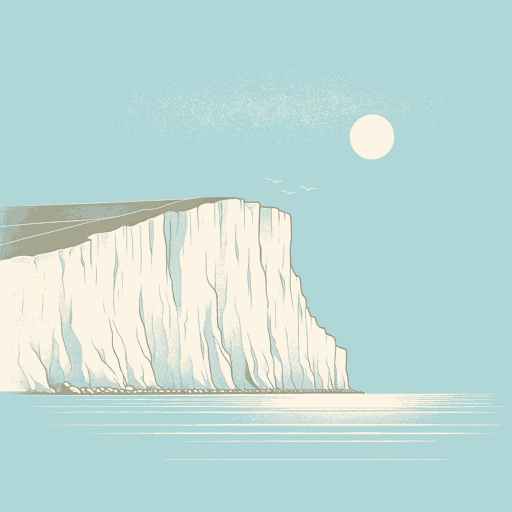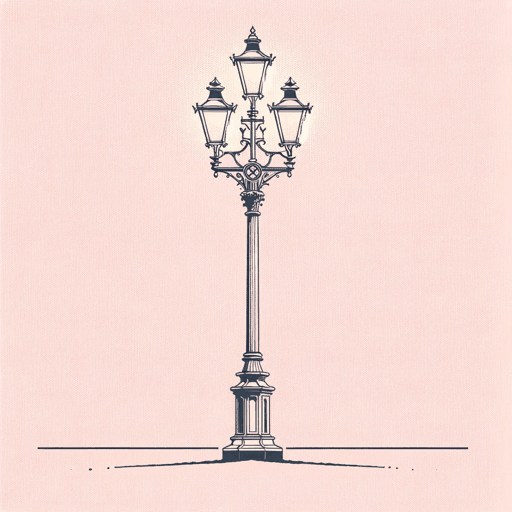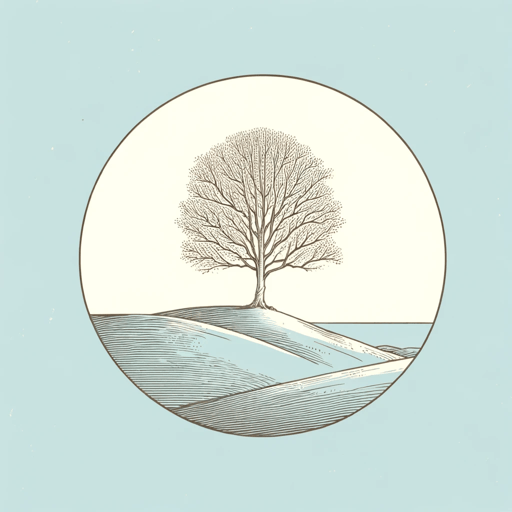25 pages • 50 minutes read
Matthew ArnoldDover Beach
Fiction | Poem | Adult | Published in 1867A modern alternative to SparkNotes and CliffsNotes, SuperSummary offers high-quality Study Guides with detailed chapter summaries and analysis of major themes, characters, and more.
Background
Literary Context
With its vivid description of nature and sensuous attention to sonic detail, a reader could be forgiven for mistaking the first stanza of “Dover Beach” for the opening of a Romantic poem instead of a Victorian poem. Two things, however, mark this opening as Victorian, not Romantic. First, in Romantic poetry, nature typically inspires joy, awe, and a sense of the sublime, but in “Dover Beach” the waves outside the speaker’s window only make him sad. Second, the Romantic poets believed in organic forms, so they wanted the content of the poem to suggest the form, not the other way around. The form of “Dover Beach” is suggestive of the waves the poem describes, but the rhymes and the meter are also disorderly, and suggestive of the chaos the speaker sees in the world. Romantic poets tended to favor fixed rhyme-schemes and fixed meters, thus their poems were more orderly than “Dover Beach.”
Victorian poets, however, were more experimental with forms than their Romantic predecessors—for example, Alfred Lord Tennyson wrote an elegy in fragments and Elizabeth Barrett Browning wrote a novel in verse. “Dover Beach” is experimenting with a freer verse than the poetry that came before.
Related Titles
By Matthew Arnold




